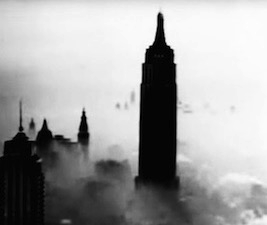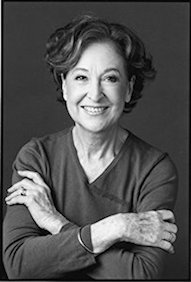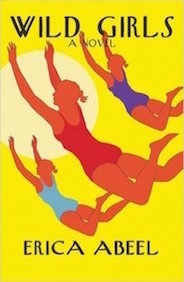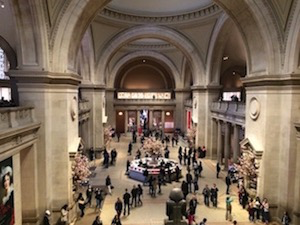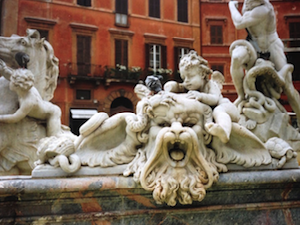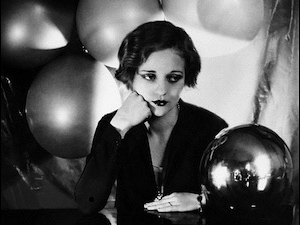The Metropolitan Spirit
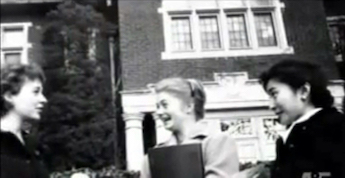
Expatriate Dream:
Beat Generation Women
As the counterculture mantle was about to be passed from the Beat Generation of the 1950’s to the Dylan inspired rebels of the 60’s, Erica Abeel, a vibrant, young dancer, was in the middle of it all, rooming with Yoko Ono, haunting the cafes of Greenwich Village with the Beat poets.
Abeel was already dancing professionally when she headed for Sarah Lawrence College in leafy Bronxville, a thirty minute train ride just north of New York City. “I was a dancer before Sarah Lawrence, but that's why I went there: you could actually major in Dance, dance all you liked,” she explained. Abeel was trained by both the Martha Graham School and the School of American Ballet.
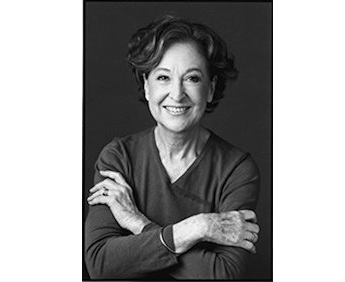
At Sarah Lawrence, Abeel fell in with a group of women with artistic sensibilities including the Japanese avant-garde artist, Yoko Ono, who would become her roommate in Manhattan after college. “We'd often go into the city to hang out in the Village at cafes like the Figaro and San Remo Bar, which was then a Beat hangout. Gregory Corso would peddle poems at the San Remo in exchange for a plate of pasta,” remembered Abeel.
“My crowd also knew people involved in starting up Off Broadway theater so we'd go see productions, say, of The Balcony by Jean Genet, and a whole raft of Beckett plays, like Krapp's Last Tape at the Provincetown Playhouse. We listened a lot to Johnny Ray, then Elvis, and Erroll Garner on piano — but we were awfully arty and loved Classical. And our Ivy friends played in the Harvard student orchestra. We loved the Baroque: Vivaldi, Bach, and Purcell's "Come ye sons of Art," Abeel recalled.
Yearning to live in Paris, Abeel gave up pursuing a Dance career for the expatriate dream in the late 1950’s. “To live in Paris was the big dream of the 50’s generation, at least at Sarah Lawrence and the Ivies. The arty types, that is,” Abeel explained.
In Paris, Abeel once again fell in with the Beats, notably Allen Ginsberg. “The Montparnasse cafes were not as popular with the Beat crowd as Deux Magots and the ones along Boulevard St. Germain which were closer to the Beat Hotel on Rue Git le Coeur. The Cafe St. Michel was a big Beat hangout, right around the corner from the Hotel. The Rue Mouffetard had already, even in late 50's, become a tourist trap,” Abeel said.
It all sounds wonderfully romantic but of course great cities have their dark side. The beatniks who pushed for a more evolved consciousness beyond conforming to society’s norms were not so enlightened in their relationships with women, according to Abeel. “I hung out with the Beats, but they generally treated women despicably,” she said.
Abeel arrived in Paris shortly after the Hungarian Revolution. “Many Hungarians were settling in to the city. And there were a few Fulbright students. Men gave the ex-pat life a shot — they were in Paris working at dubbing movies into English,” Abeel recalled.
For the few American women who actually chased the dream, living in Paris as an ex-pat was difficult. Abeel survived in Paris by beginning her turn toward writing and teaching.
“To be a young woman in Paris at that time was to be extremely vulnerable and alone. And resourceful. You could take 'Civilization' courses at the Sorbonne, but no one cared if you attended or not; it was impersonal. I essentially taught myself French and supported myself partly by babysitting and tutoring French students in English,” Abeel said.
Surviving the squalor of affordable housing in Paris was perhaps the most difficult task. “It was impossible to find a decent place to live with reliable heat and bathing facilities. We used public baths in Montparnasse, we all had flea bites, chronic colds, and existed on Couscous,” she said.
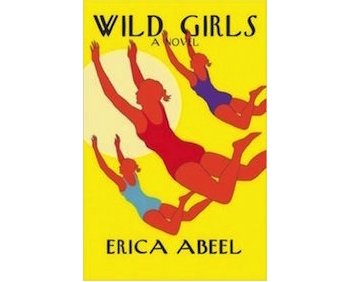
After Abeel returned to New York, she spent much of her life as a teacher at the City University of New York and is currently a writer for the Huffington Post. Her recently published novel, Wild Girls, brings to life her extraordinary tales of the lives of young artists in Paris and New York, and of her friends like Yoko and Ginsberg, and the intrigues of their relationships with men and women.
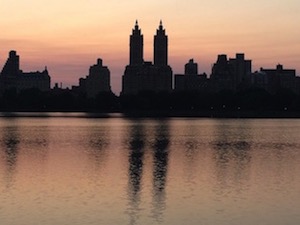
About Us
Celebrating the culture and life of New York and the people who have relished the city in their work and in their lives.
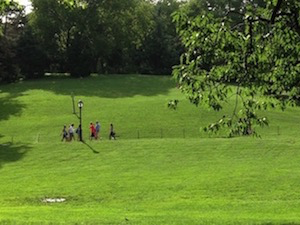
Walks
Some of the most magical walks in New York begin at Cedar Hill in Central Park near 5th Av. and 79th St.
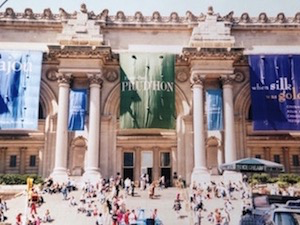
Metropolitan Museum
The Metropolitan Museum of Art on 5th Avenue at 82nd Street breathes life and joy to visitors from around the world.
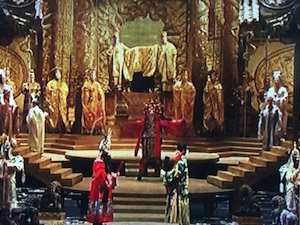
Metropolitan Opera
The Metropolitan Opera in Lincoln Center annually presents the works of Mozart, Wagner, Verdi, and Puccini.
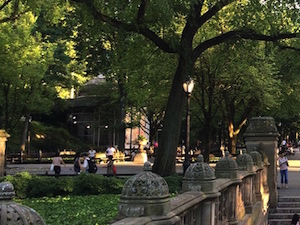
Bandshell
Classical Music Concerts have been presented at the Bandshell in Central Park since 1905 as described by E. B. White in Here is New York.
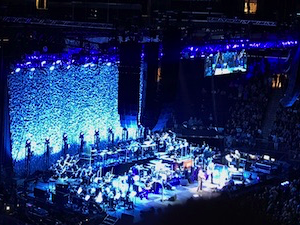
Concert Reviews
The Who played Madison Square Garden and Jones Beach Theatre. Van Morrison returned to Forest Hills Stadium.
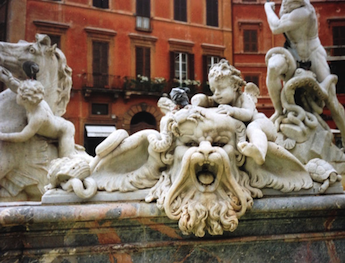
The Streets of Rome
The Metropolitan Spirit of the Eternal City is evoked in Bob Dylan's “When I Paint My Masterpiece.”
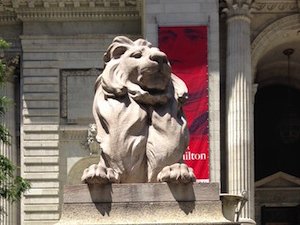
Writers
E. B. White and Paul Goldberger stand with F. Scott Fitzgerald as perhaps the most enchanting writers of New York.
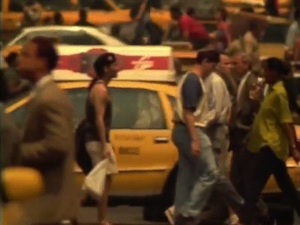
Films
Ric Burns’ film The Center of the World is one of the most graceful and moving responses to the events of September 1, 2001.
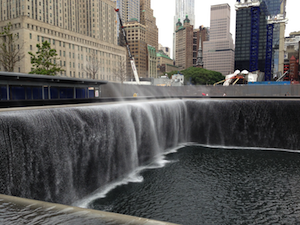
September 11
In the days after September 11 thousands of flyers and bulletins went up in public places around New York City.
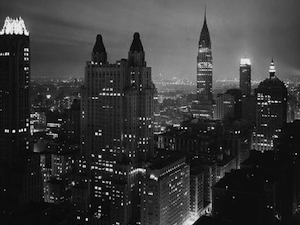
Metropolitan Spirit
F. Scott Fitzgerald recalls his experience of New York, defining the Metropolitan Spirit and his three symbols of the city.
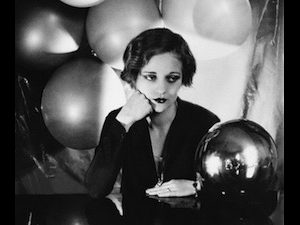
The Jazz Age
Fitzgerald reveals how sudden good fortune, flappers, and the midnight frolic belied the secrets of the Jazz Age.
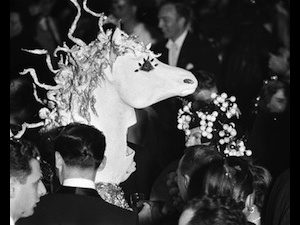
The Roaring Twenties
Fitzgerald recalls how the uncertainties of the 1920’s were drowned in a steady, golden roar.
